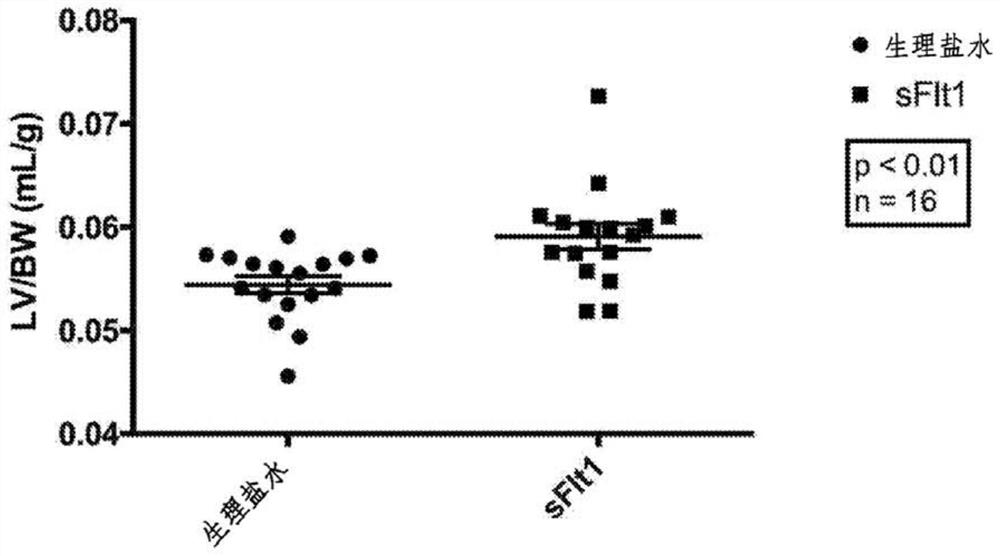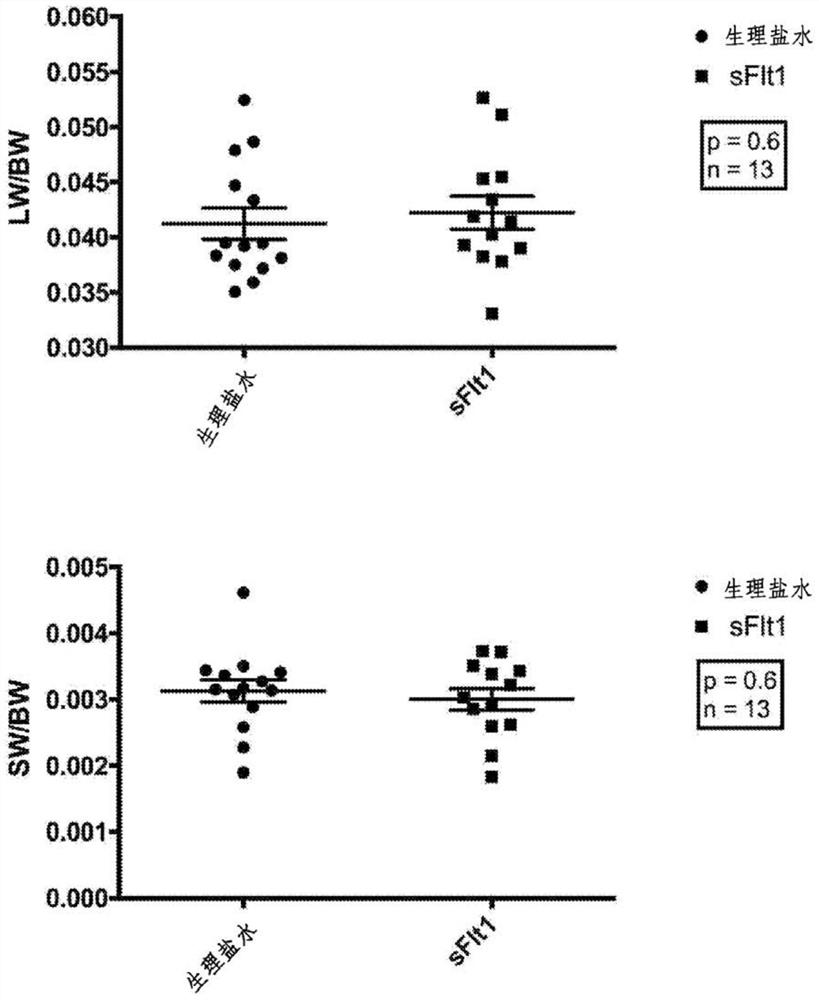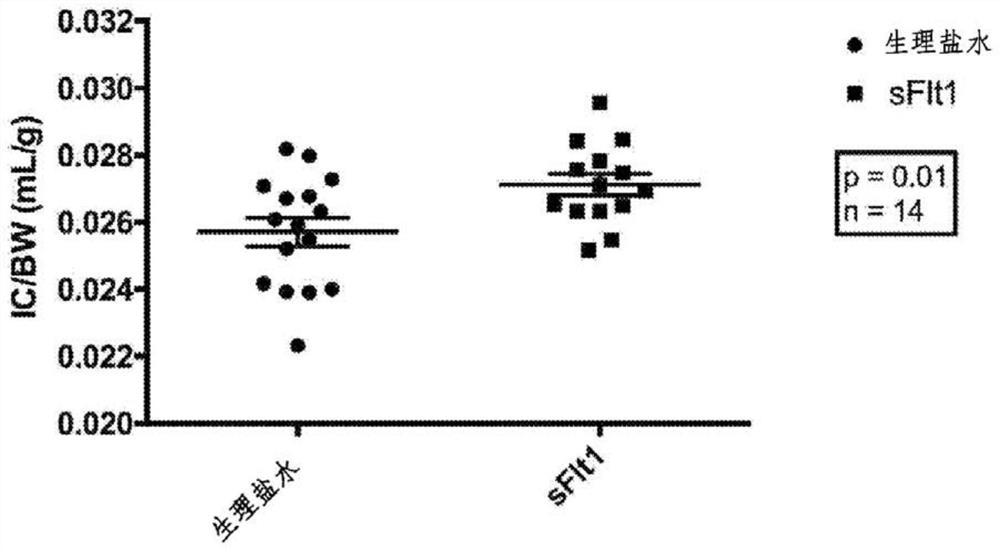Methods and compositions relating to lung repair
A technology of lung tissue and alveoli, which is used in drug combinations, medical preparations containing active ingredients, drug delivery, etc.
- Summary
- Abstract
- Description
- Claims
- Application Information
AI Technical Summary
Problems solved by technology
Method used
Image
Examples
Embodiment approach
[0162] CLAIMS 1. A method of inducing growth and / or repair of lung tissue, the method comprising contacting the lung tissue with an agonist of sFlt1-Hif signaling.
[0163] 2. A method of inducing growth and / or repair of lung tissue in a subject in need thereof, the method comprising administering to the subject a therapeutically effective amount of an sFltl-Hif signaling agonist.
[0164] 3. The method of paragraph 2, wherein the growth and / or repair of lung tissue is compensatory lung growth.
[0165] 4. The method according to any of paragraphs 2-3, wherein the subject is suffering from severe pulmonary hypoplasia, pulmonary hypoplasia disease, congenital diaphragmatic hernia, bronchopulmonary dysplasia, emphysema, with Subjects with disease of insufficient alveolar count, alveolar capillary hypoplasia, or who have undergone lung resection.
[0166] 5. The method of any of paragraphs 2-4, wherein the subject has not been diagnosed with, or in need of treatment for, an infl...
Embodiment 1
[0184]After left pneumonectomy, C57B16 mice were randomized to receive daily intraperitoneal injections of saline or soluble fms-like tyrosine kinase 1 (sFlt1 ) at a dose of 20 mcg / kg. On postoperative day 4, mice were subjected to lung function studies and then euthanized for lung volume measurements. Lung volumes were measured by the water displacement method. Mice treated with sFlt1 exhibited significantly higher lung volume (p Figure 1-Figure 4 ). In patients with severe lung hypoplasia, the therapy could potentially improve lung growth and lung function.
[0185] Soluble VEGF receptors bind (sFlt1) VEGF and consume circulating VEGF molecules. The sFlt1 molecule has been shown to inhibit tumor and liver regeneration. However, an unexpected finding was that soluble VEGF receptors accelerated compensatory lung growth after pneumonectomy. This is of interest for children with disorders of lung hypoplasia, such as those with congenital diaphragmatic hernias.
Embodiment 2
[0187] according to Figure 6 The depicted experimental design administered sFlt1 to mice. The results demonstrated that, contrary to expectations, administration of sFlt1 increased lung growth ( Figure 10 ). The dose response of sFlt1 was studied ( Figure 8 ), in mice, 20mcg / kg of sFlt1 is the optimal dosing regimen ( Figure 9 ). It was also demonstrated that administration of sFlt1 improved lung compliance and inspiratory capacity, which is consistent with the lung volume data ( Figure 10 ).
[0188] Further studies demonstrated that administration of sFlt1 unexpectedly increased the levels of both VEGF and HIF-2α ( Figure 11 , Figure 12 ), suggesting that sFlt1 increases endogenous production of VEGF by upregulating HIF-2α. The effect of the HIF-2α inhibitor PT-2385 on the administration of sFlt1 was determined ( Figure 14 ), and showed that inhibition of HIF-2α attenuated the effect of sFlt1 on lung growth ( Figure 15 ) and the exercise tolerance of the s...
PUM
 Login to View More
Login to View More Abstract
Description
Claims
Application Information
 Login to View More
Login to View More - R&D
- Intellectual Property
- Life Sciences
- Materials
- Tech Scout
- Unparalleled Data Quality
- Higher Quality Content
- 60% Fewer Hallucinations
Browse by: Latest US Patents, China's latest patents, Technical Efficacy Thesaurus, Application Domain, Technology Topic, Popular Technical Reports.
© 2025 PatSnap. All rights reserved.Legal|Privacy policy|Modern Slavery Act Transparency Statement|Sitemap|About US| Contact US: help@patsnap.com



